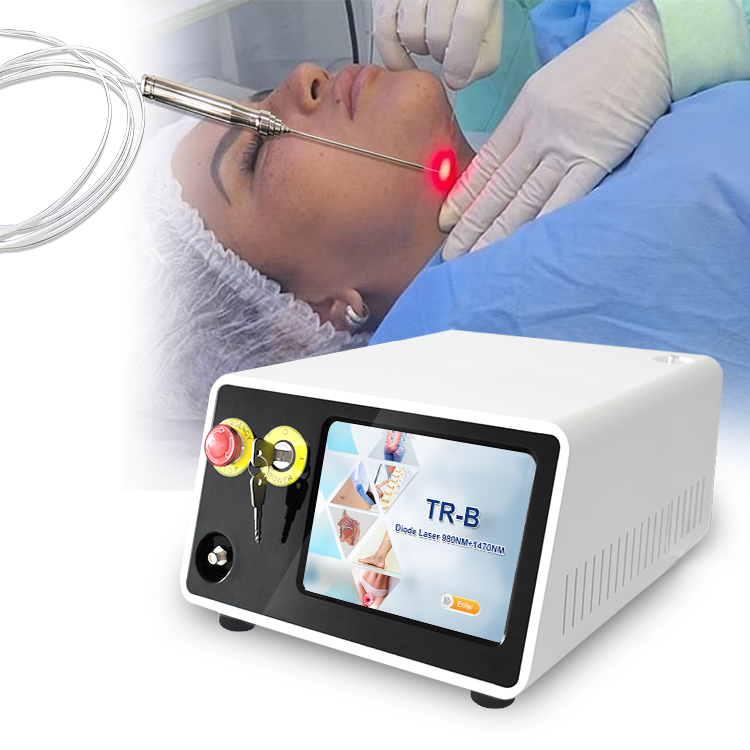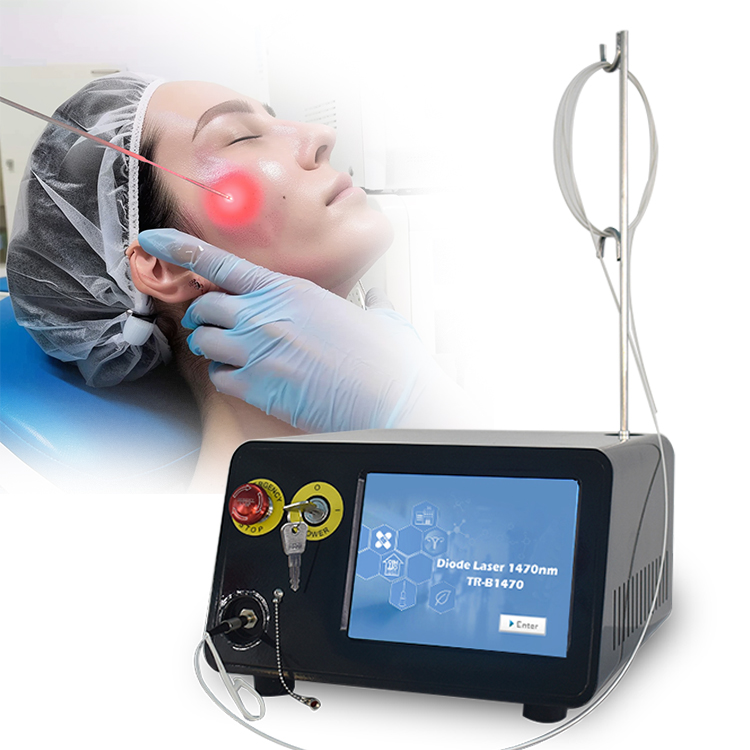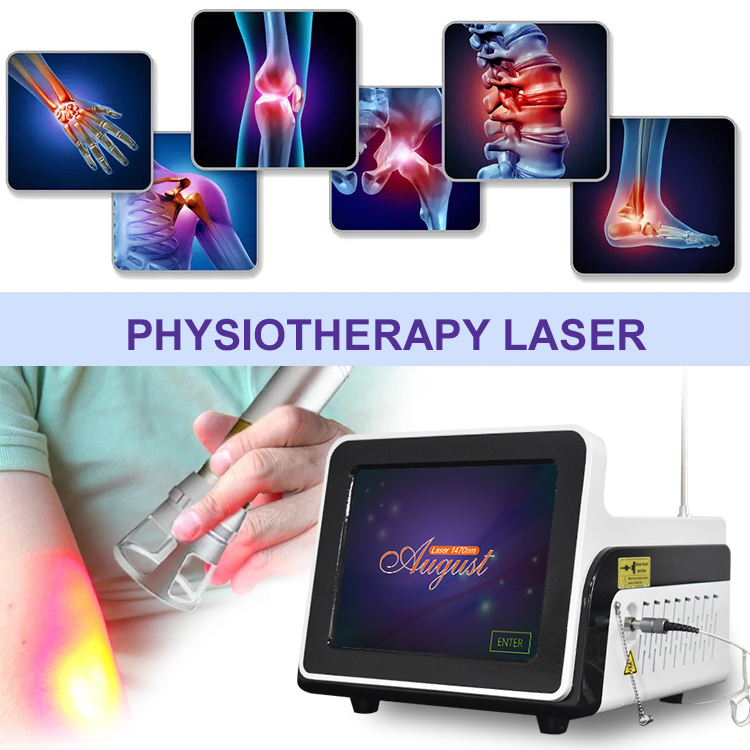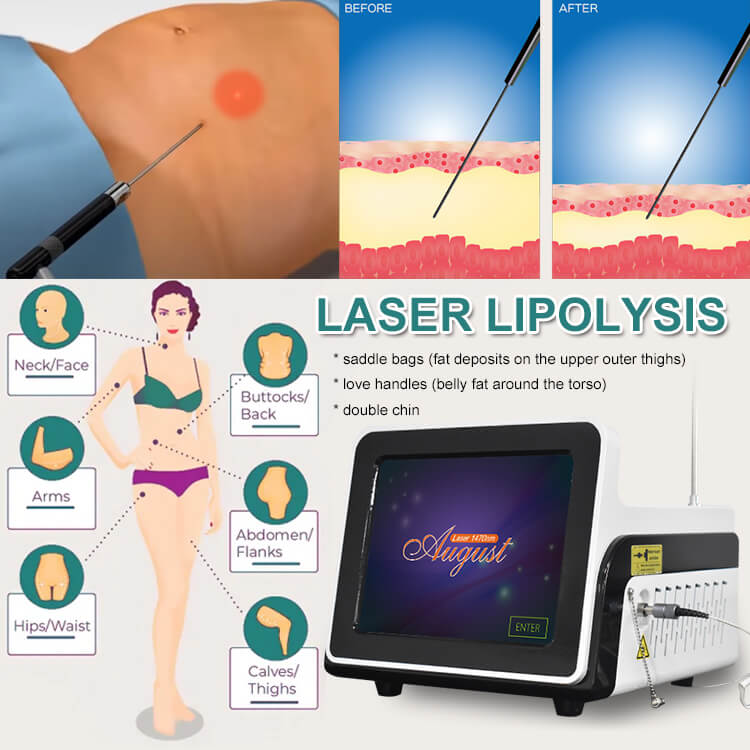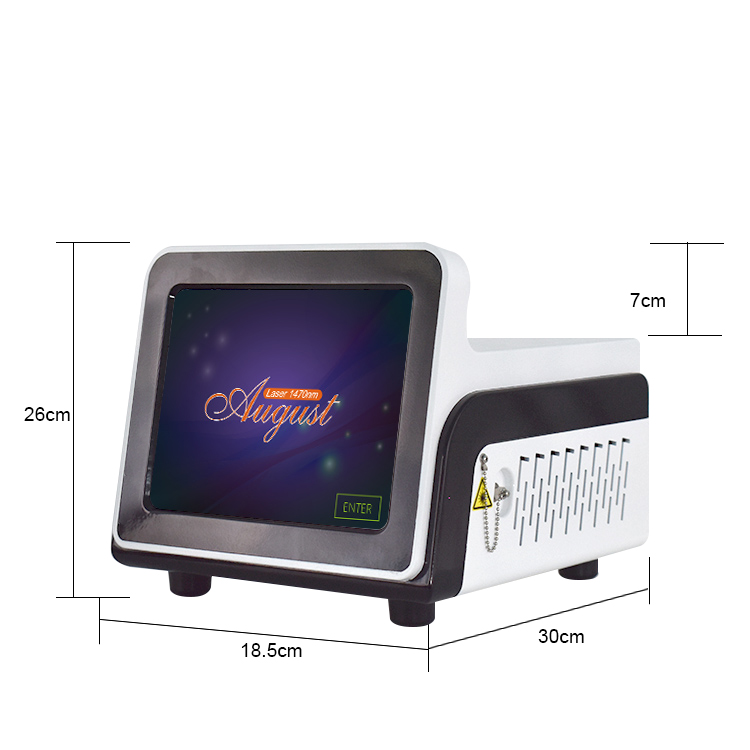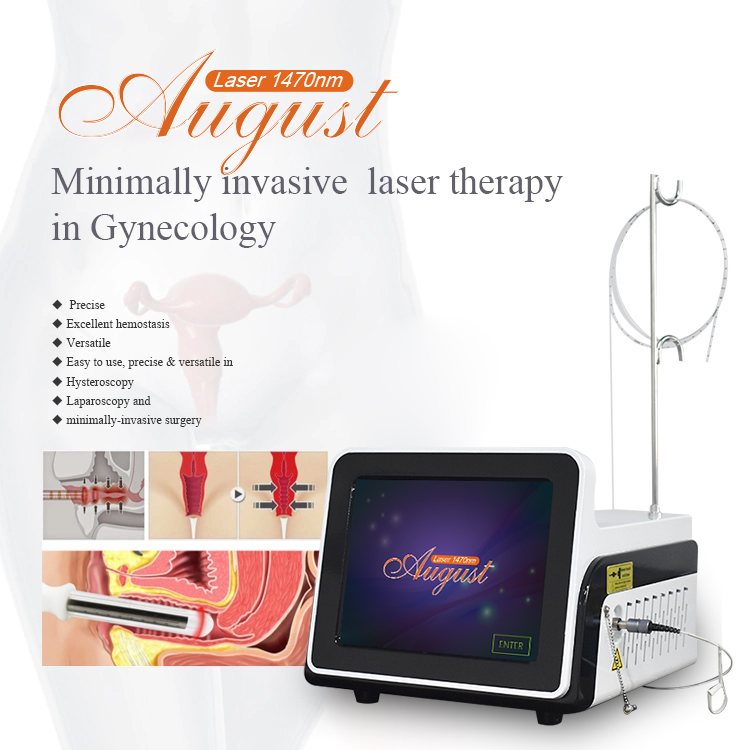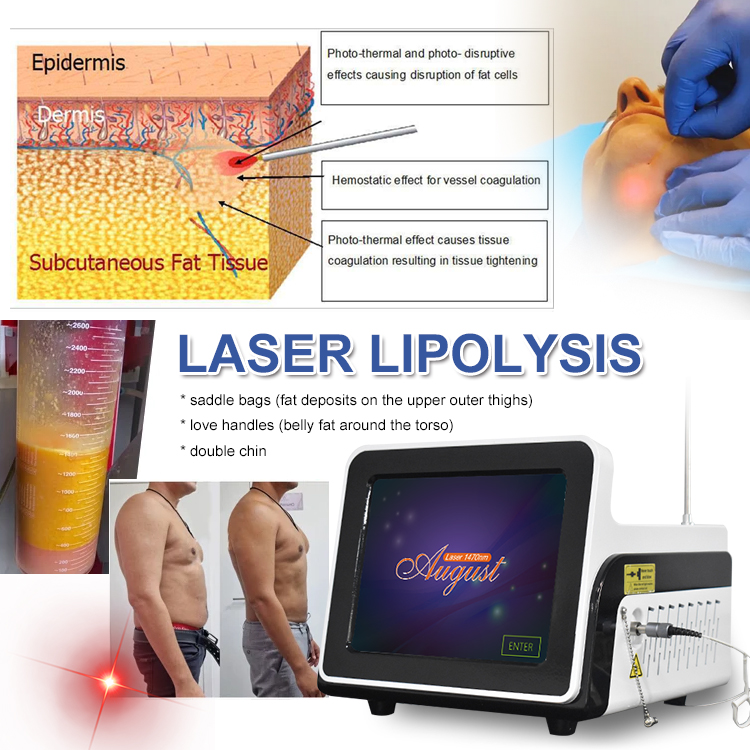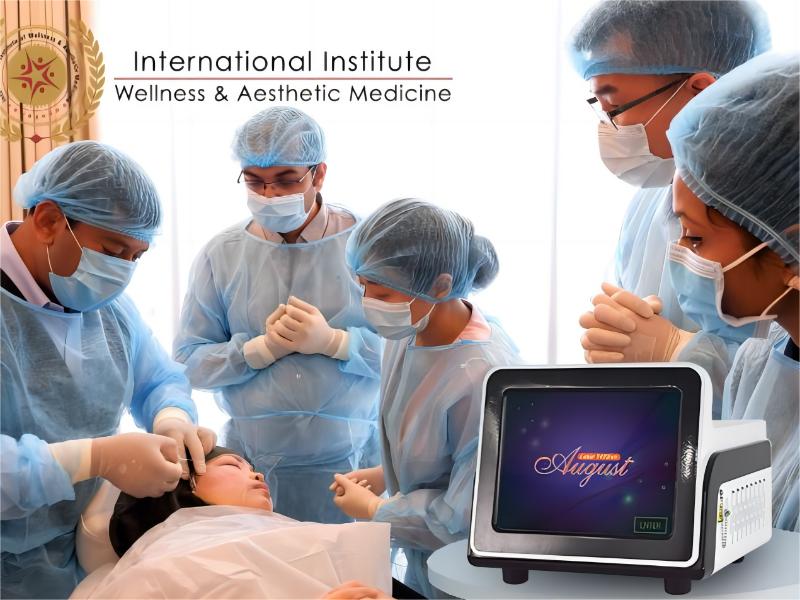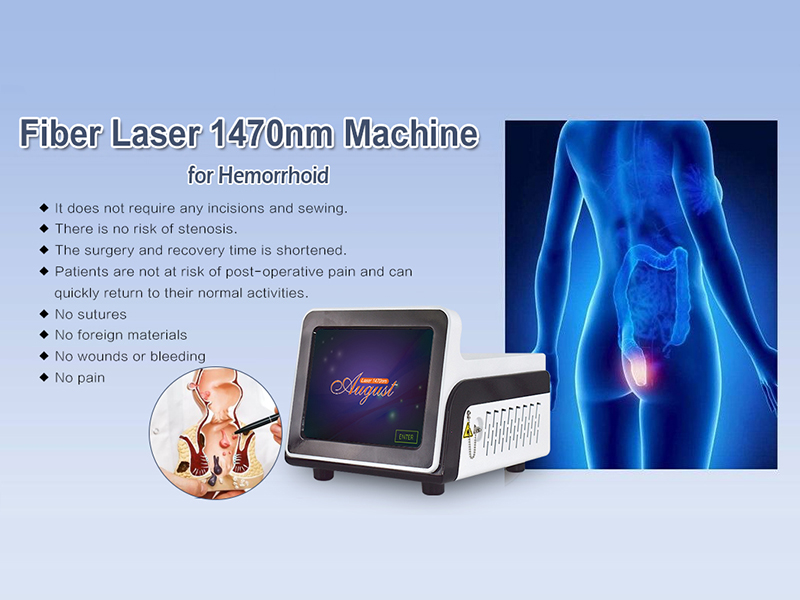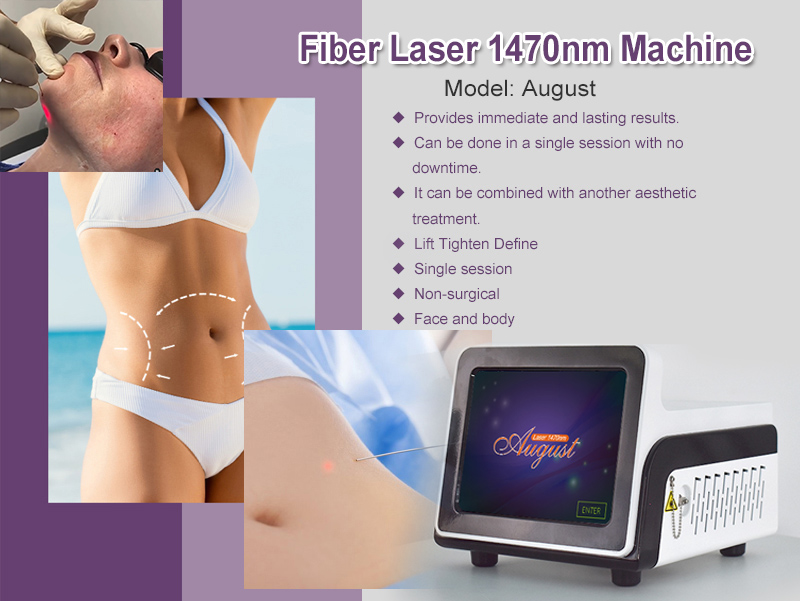The Clinical Process Of Laser Lipolysis
Laser lipolysis, also known as laser-assisted liposuction, is a minimally invasive cosmetic procedure that uses laser energy to target and melt away fat cells. This innovative technique has gained popularity in recent years as a less invasive alternative to traditional liposuction. The clinical process of laser lipolysis involves several key steps that are crucial to achieving optimal results and ensuring patient safety.
The first step in the clinical process of laser lipolysis is the initial consultation with a qualified cosmetic surgeon. During this consultation, the surgeon will assess the patient's candidacy for the procedure, discuss the patient's aesthetic goals, and develop a personalized treatment plan. The surgeon will also explain the benefits and potential risks of laser lipolysis, as well as what to expect during the recovery period.
Once the treatment plan has been established, the patient will undergo the laser lipolysis procedure in a clinical setting. The procedure typically begins with the administration of local anesthesia to numb the treatment area and minimize discomfort. The surgeon will then make small incisions in the skin and insert a thin, flexible cannula equipped with a laser fiber into the targeted fat deposits.
The laser energy emitted from the fiber is then directed at the fat cells, causing them to rupture and liquefy. This process, known as lipolysis, allows the fat to be easily suctioned out of the body. The laser energy also has the added benefit of stimulating collagen production, which can help tighten and tone the skin in the treated area.
Throughout the procedure, the surgeon carefully monitors the temperature of the skin and surrounding tissues to ensure that they remain within a safe range. This helps to minimize the risk of thermal damage and ensures a smooth, even contouring of the treated area. The precision and control offered by laser lipolysis make it a highly effective and safe option for body contouring.
Following the completion of the procedure, the patient will be monitored for a brief period before being discharged to recover at home. The recovery process after laser lipolysis is typically shorter and less uncomfortable than traditional liposuction, as the minimally invasive nature of the procedure results in less trauma to the body. Patients may experience mild swelling, bruising, and discomfort in the treated area, but these symptoms generally subside within a few days.
It is important for patients to follow post-operative care instructions provided by their surgeon to ensure a smooth recovery and optimal results. This may include wearing compression garments, taking prescribed medications, and avoiding strenuous activities for a certain period of time. Patients should also attend follow-up appointments with their surgeon to monitor their progress and address any concerns.
Overall, the clinical process of laser lipolysis offers a safe and effective solution for individuals seeking to sculpt and contour their bodies. With careful patient selection, meticulous technique, and proper post-operative care, laser lipolysis can provide long-lasting results and improved body confidence. As with any cosmetic procedure, it is essential for individuals considering laser lipolysis to consult with a board-certified cosmetic surgeon to determine the best approach for their unique needs and goals.



 +8618931273229
+8618931273229 director@tazlaser.com
director@tazlaser.com 0086-18931273229
0086-18931273229

